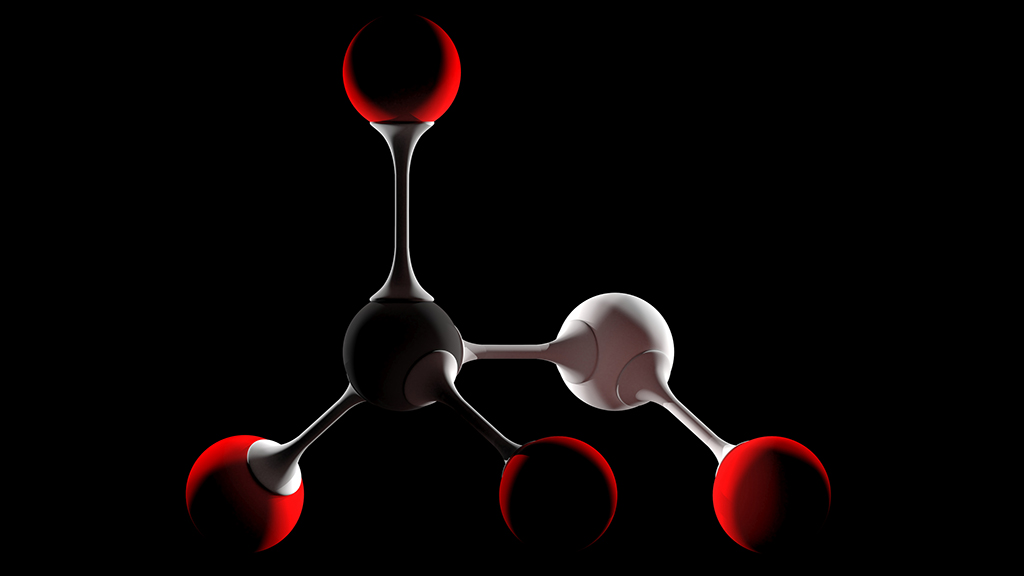Abstract
Sarah, trapped in the middle of a two-hour lecture on enzyme inhibition, attempts to escape by asking a question. She relates an old story she heard about some teenagers who drank from bottles of antifreeze marked "alcohol." Half of them died, but those who drank a mixture of ethanol and methanol survived. Why? The case uses this example of methanol poisoning to illustrate competitive inhibition of an enzyme (alcohol dehydrogenase) by ethanol. Data from an enzyme kinetic experiment is presented. First, students identify control, independent, and dependent variables in the experimental design. Next, students plot the data using the Michaelis-Menten equation; the graphs, both with and without inhibitor present, include the inverse of the reaction velocity on the y-axis and the inverse of the substrate concentration on the x-axis. Finally, students analyze the graphs and draw conclusions regarding the type of enzyme inhibition, competitive or noncompetitive, and the application of that to the case. Although developed for a second-semester course for Physician's Assistant majors to teach them biochemically relevant structural and functional chemistry, the case could also be used for undergraduate courses in biochemistry and cell biology for science majors.



